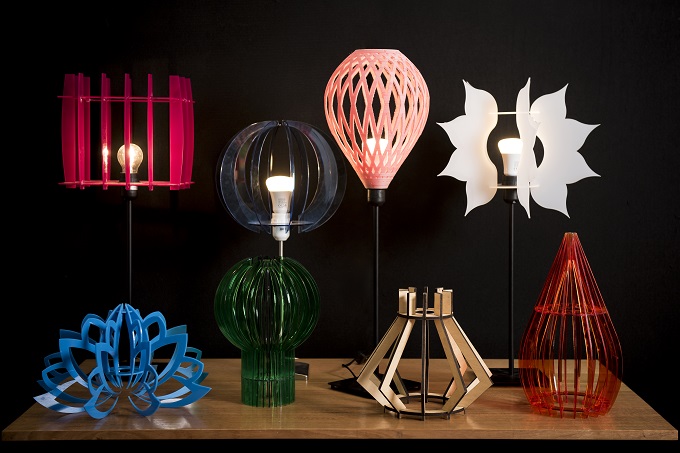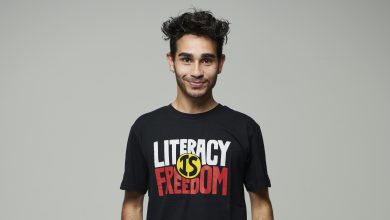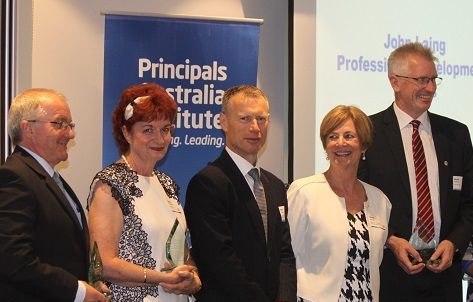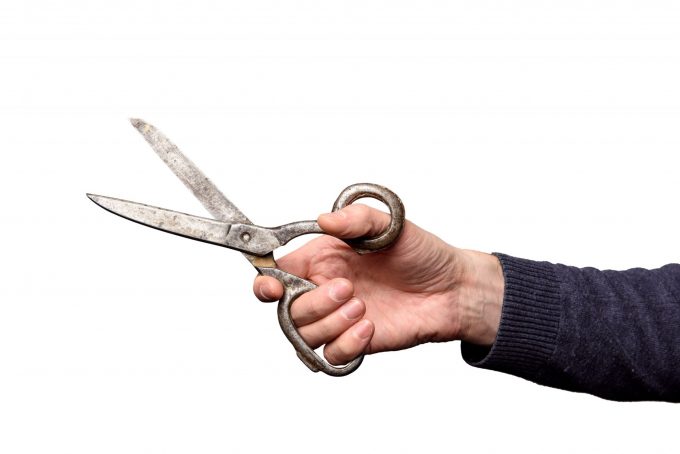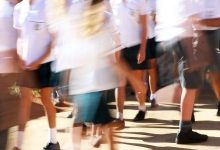Level up your school playing surface
We talk to the experts about the pros and cons of different sports surfaces, and how to keep your playing areas in premium condition.
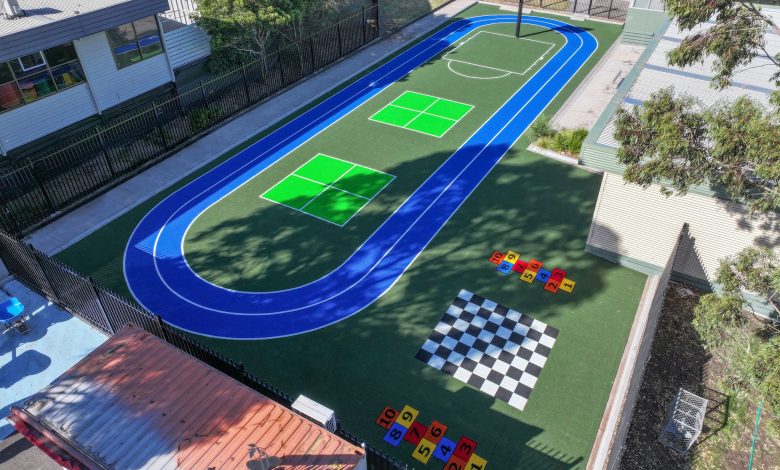
Physical education and sport have demonstrated positive impacts on young people’s physical, mental, and cognitive health and development, helping to build effective long-term physical activity behaviours as adults.
In the first long-term study of its kind, published in the Journal of Physical Activity and Health, researchers followed the sports participation of more than 4000 Australian children from age four to 13. They then matched this data with academic trajectories up to 21 years of age. Overall, they found that continued sports participation during school years was linked to lower absenteeism, better attention and memory, higher NAPLAN and end-of-school scores, and higher odds of studying at university.
Read the latest print edition of School News HERE
Lead author Katherine Owen noted that many factors contribute to a decline in sports participation during adolescence, but the study emphasised the importance of finding ways to keep young people active and engaged. “We know all too well the link between educational attainment and improved health status. This study suggests that making sport more of a priority in school could be one way to influence this,” Dr Owen said.
Upgrading and resurfacing outdoor school sports surfaces is crucial for promoting student engagement in sports and enhancing overall school spirit. A well-designed, visually appealing surface not only boosts participation but also contributes to the safety and life span of sports facilities.
Jarrod Hill, CEO at SPORTENG explained: “There is no doubt that an unsuitable surface can seriously affect the experience of playing sports, especially if it’s a recurring issue,” Mr Hill said. “Whether it’s a natural turf that doesn’t drain properly, artificial grass with poor traction, or an acrylic surface with no grip, playing on these surfaces can make competition difficult and unsafe.
“While it may seem excessive to meet the standards set by sport governing bodies, doing so ensures a safe and compliant field of play. It also gives players confidence that the surface will perform consistently and safely, regardless of the type of sport being played”
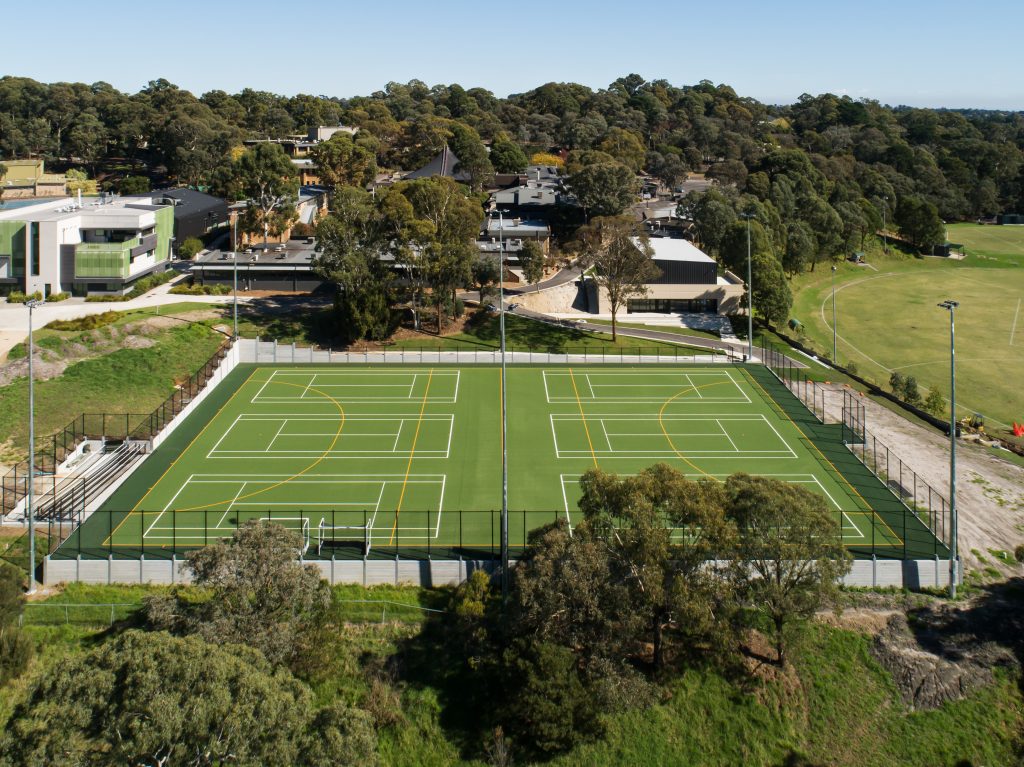
Which surface is best?
Schools need to accommodate a wide range of sports, and each sport has specific requirements regarding surface materials, dimensions, and markings. For instance, tennis courts may be constructed from a red, porous material, providing optimal conditions for ball bounce and drainage, while netball courts typically utilise acrylic surfaces for durability and performance.
Rugby league and AFL fields often require tough natural turf or synthetic alternatives that can withstand wear and tear. Meanwhile, athletic tracks may be made of rubber, providing athletes with cushioning and grip for optimal performance. Tailoring the surface to each sport enhances gameplay and safety, ensuring that students can enjoy the best possible experience.
In some instances, a multi-court surface is the best choice. Andrew McKay, Managing Director of Easy Turf, and APT Asia Pacific installation partner said there has been growing demand for multi-application courts and fields. “Schools can turn unused or unsafe areas into amazing multi-use spaces that are inviting, exciting and help motivate kids to play and be physically active.
“Upgrading school sports facilities also creates a sense of pride amongst existing students and teachers and makes the school more attractive to prospective parents and students. New facilities may also enable schools to hold inter or intra school sports events, and artificial surfaces offer all-weather, all-year playability for increased usage,” Mr McKay said.
Mr Hill agreed, saying, “Using a mix of surfaces helps cater to different sports. In particular, synthetic surfaces can help manage the wear and tear on natural turf by reserving it for specific sports, ensuring it stays in good condition.”
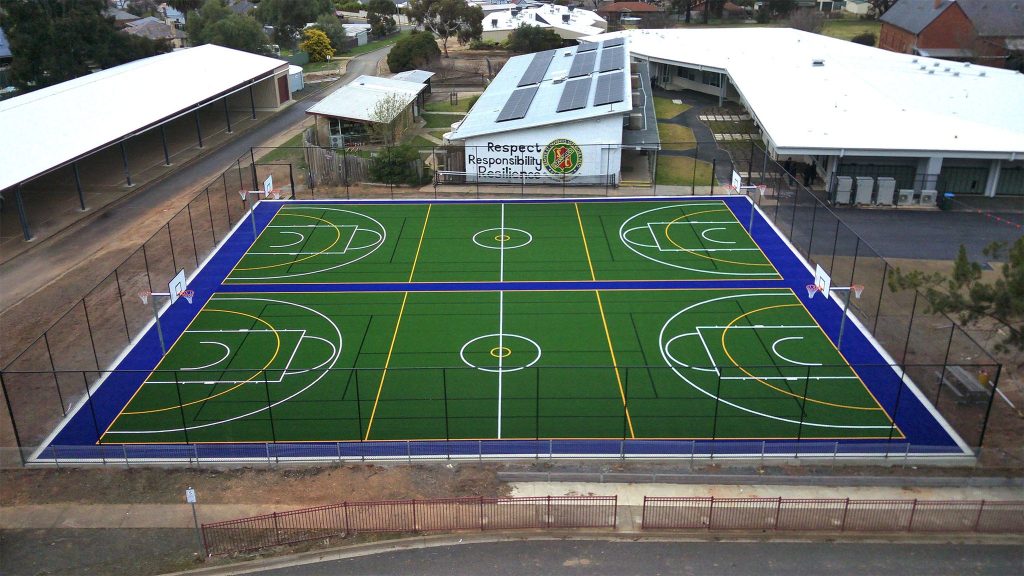
When choosing between synthetic surfaces and natural turf, schools must weigh the pros and cons of each option. Synthetic surfaces offer durability, lower maintenance costs, and consistent playing conditions, making them ideal for high-usage areas. They can withstand various weather conditions and provide a level surface year-round. In contrast, natural turf can provide a more traditional playing experience and is often preferred for both aesthetics and environmental benefits. However, this option requires regular maintenance, which can be resource-intensive.
Keeping your surface tip-top
Whatever the surface, Mr Hill from SPORTENG said planning is key to meeting the needs of the people who will use your sport field. “A good planning process should involve consulting with end users and key stakeholders to understand their challenges and ensure the right field of play is designed. This includes getting the right size, grading, surface type, and underlying profile. It’s also important to consider how often the field will be used and the level of competition, as these factors influence performance during the design phase.
“By the end of the planning phase, a school should have a clear understanding of its needs for the field of play, the site’s limitations, and an estimated cost for the project,” Mr Hill said.
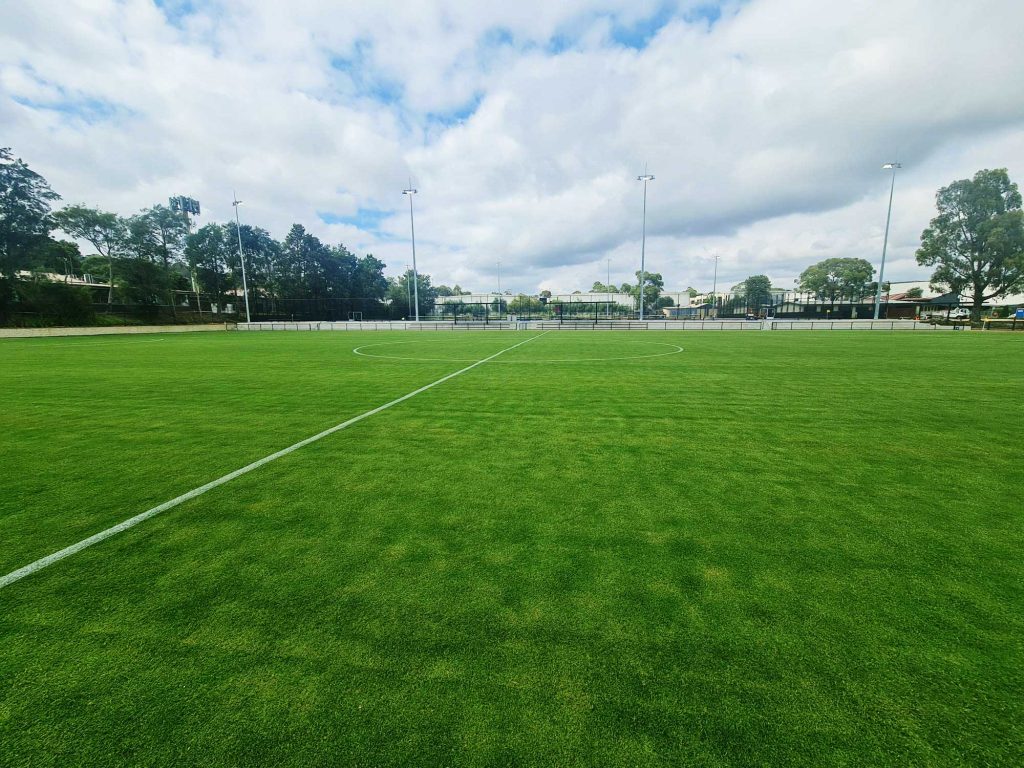
To ensure your surface stays in top condition, Easy Turf’s Mr McKay outlined some safety and maintenance measures schools can take. “It’s important to keep synthetic surfaces clean from debris and spillages and remove any moss and algae that may appear in damp or humid areas.
“Take the time to regularly inspect the lines, joins and base of your surfaces and call on the installer if you need assistance with repairs or maintenance. Sports fields with infill, particularly those will rubber infill, will require regular cleaning and de-compacting of the infill. Schools are also encouraged to regularly sanitise their synthetic surfaces to keep them hygienic and safe,” Mr McKay said.
“It’s strongly encouraged to consult with a synthetic surface installation expert, not just a landscape architect, before commencing work on a synthetic surface to ensure budget, timeline and expectations can be met. Have clear results in mind so the scope of work can be determined accordingly.”

